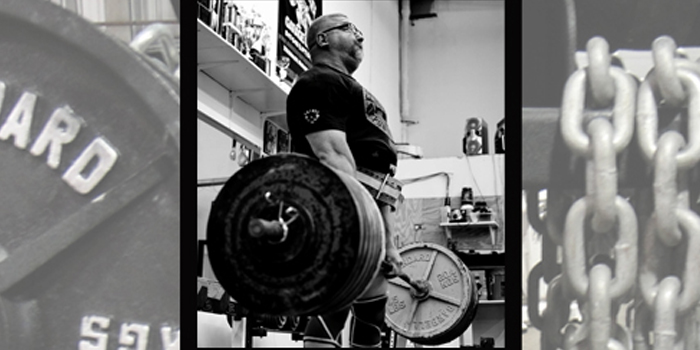
Over the past 16 or so months I have shared two articles about the performance enhancing benefits of the CPAP. Those of you who are a part of the CPAP Nation of Powerlifters, already know the benefits of a restorative night’s sleep with regard to your training. From the difference in your clarity of your mind to the increased amount of weight on the barbell to the huge increase in numbers on your IGF 1 blood work among other enormous benefits, the results are irrefutable.
During the time I was doing research on sleep and strength I also began to look into two specific nutritional elements. Magnesium (Mg) and Vitamin D3. If you are a serious powerlifter in all aspects of your power game, these two nutrients are absolutely crucial to your strength training, but as often is the case, because they are right under your nose, have been around for decades, are not in a bottle with either a photo of some super-sized-this-year’s-top-of-the-heap-bodybuilder or have a name on the bottle like D3a-bol or Magnus-Von-Magnesium, these two essential nutrients are passed over as being passé.
RELATED: Is the CPAP the Ultimate Performance Enhancer?
If flashy labeling or fancy bottles are what draw you to a supplement, Mg and D3 are not for you. If a ton of research and concrete and statistically measured results and hard-science are how you determine your supplement regimen, then Mg and D3 are absolutely what you have been looking for.
Waxing philosophic we will save for the more esoteric articles, as right here is the science behind what you are potentially missing in the tool box containing the powerlifting tools for your success.
Mitochondria need and require magnesium. Okay fine, what is a mitochondria? If you go back to your biology, mitochondria are the little components in your muscle cells that produce ATP. Okay fine, what is ATP? ATP is an abbreviation for Adenosine Triphosphate; it is molecule that gets energy to a cell, like a muscle cell. So, the mitochondria produce ATP and ATP is responsible for the energy a lifter needs to perform muscle contractions. As a powerlifter you want your ATP levels to be sufficient or greater than their need for ATP so your training can be maximized. In other words, you can be as intense in the weight room and have a mindset ready for a big lift but the bottom line is, if you don’t have the ATP production to meet the training demands of the muscle, you are going to have minimized results, and that is fact. So it is the magnesium that allows for the mitochondria to make the amount of energy you need for your muscle contraction, but additionally, and this is huge, magnesium also plays a critical role in the production of the actual amount of mitochondria you have. In other words, not only do you get more power via energy from the mitochondria but you get more mitochondria making the power. Conversely, if you have low magnesium level, you will not have the ability to produce more mitochondria during your training, thus fewer mitochondria, the less total amount of ATP or energy you make to contract the muscles you are putting through your training session. Further, when you are working through an aggressive training session, your mitochondria will become damaged and the same mineral, magnesium, can repair that damage thus keep the level of ATP, meaning energy, high.
Over 50% of Americans are deficient in magnesium and you can bet the farm that of those 50%, none of them are putting the demands on their mitochondria that you are in your training.
So how much magnesium (we will abbreviate magnesium from here on out to Mg) should I be getting so I get can keep my ATP levels greater than my demand levels? The RDA for this mineral is 400mg per day. Keep in mind, the RDA levels are established basically to keep someone alive in their cubical or while watching Netflix. We are talking about strength athletes, powerlifters, strongmen competitors, and a stress on the mitochondria that is at a virtually barbaric level.
You can get your Mg levels tested at your doctor, which is the best way to supplement your needs. Then there is the far less scientific method and that is to slowly increase your Mg intake until you start to develop (wait for it)...diarrhea. Once you hit that point, you back off and hone in your intake to take in the greatest amount of Mg prior to hitting that point of critical mass. Some would state that such a method of measurement is fairly disgusting, but they fail to recognize that powerlifting is the sport whose athletes who use a nose bleed as an indication of a successful max effort training session. So, either method, the lab test or the restroom test, are ways to help determine Mg levels.
You should also absolutely look at your diet during this assessment process, as this to will help you formulate an estimate of your Mg level. If you are a powerlifter eating processed foods, you are really missing the boat for many reasons. One is there are few nutrients in that type of food and pretty much zero Mg. If you are into the I eat everything to be powerful scene, listen carefully, because the 1990’s want you back. That theory of the see-food-eat-food-ANY-food, not only does not produce best results; it never did. If your caloric intake is heavily based on red meat and milk, you will most likely need to supplement with Mg as neither of these will help provide you with a level of Mg to repair nor reproduce mitochondria and that means a sub-par amount of ATP to meet or exceed your training needs for muscle contractions. Lastly, if you enjoy a sudsy libation now and again, or all the time, just know that alcohol doubles the excretion rate of Mg. Looking at this holistically — if you have the trifecta that you are eating fast or processed foods, your real food intake is primarily beef and milk, and you drink a lot of beer, your ATP levels are going to be sub-par for your needs and thus will crucify your training results and you will be leaving a ton of weight in the weight room that should have been on your back, your bench, and your deadlift. And if by some miracle you are having any progress in the gym with this Mg depletion trifecta, imagine the exponential strength gains you would incur if your Mg levels were actually optimal. It is key to note that Mg can work exponentially for you, or Mg deficiency can work exponentially against you. Either way, whether you recognize it or not, Mg levels will have an impact on your training and ultimately your competitive success or lack thereof. The choice of which is absolutely under your locus of control.
What foods are high in Mg? Some of the top ten are spinach, chard, yogurt, almonds, figs, and bananas. You might be saying, ”But Eric, I hate those foods.” Then by all means, put your hedonistic palate in front of your powerlifting goals and watch the other guy/gal consume their Mg-rich foods, thus consuming the mineral to not only produce more efficient mitochondria but physically a greater number of functioning Mitochondria. And while you are at it, watch them blow by your total because you “don’t like those foods.”
In addition to foods rich in this essential muscle contraction nutrient, you can also supplement with magnesium citrate, as it form is the most bioavailable form. There are a number of types of Mg supplements. Citrate for the purpose we are discussing, per the research and science, is the one for building strength and power. The bottom line with Mg is that the science is plain and simple and it is our choice as powerlifters to acknowledge and act on it, or simply ignore the science and have sub-par training.
Moving on to Vitamin D. First off, Vitamin D is not actually a vitamin, although it has been wrongly labeled as such. Vitamin D is actually a steroid hormone. Yes, you read that right. There is an over-the-counter steroid hormone that you can take to enhance your strength gains and it is legal, inexpensive, and 100% effective. Just like our body makes its own growth hormone—its own testosterone—our body makes its own Vitamin D. Or if you want to get technical, the actual name for D3 (and D3 is the type of D we are talking about here) is Cholecalciferol or 1,25-Dihydroxycholecalciferol. Vitamin D/Cholecalciferol is pretty important as by itself it controls the expression of over 1000 genes in the human body (expression meaning turning on or off of a gene).
When our skin is exposed to UVB radiation (sunlight) this is the trigger or catalyst that initiates the body to produce this hormone. And just like the testosterone our body makes, being older or overweight can dramatically decrease the D hormone. It is truly a hormone and at levels of deficiency your training will, as it does with a deficiency in magnesium, suffer.
Like Mg, over 50% of the population is lacking in D3 and here is why most likely you fall into this category and why your training is silently suffering minimization and you don’t even realize it. Since only 10% of our D3 is typically from nutrition, the rest is from the action of sunlight. So if you are training in an indoor gym, working in an office, your exposure to the actual sun is pretty limited. Even in states like Florida, where there is plenty of sunshine, people tend to stay inside with the air on, or when outside, they are slathered up in lotion that blocks the sun from allowing the body to produce the hormone cholecalciferol from the exposure to the sun. The short story is that the human body was never designed to eat or ingest Vitamin D; we were supposed to get it from the sun which then changes a cholesterol-like molecule into Vitamin D, AKA the hormone cholecalciferol. This simply does not happen as much as it should for the average person due to the fact that we live in an indoor society and we as a species are covered with clothing, both of which block the sun and inhibit this molecular change. The reality is that our genetics have not changed over the past 10,000 years, but our environment and lifestyle has evolved drastically from being an outdoor species to an indoor one.
How does D3 (cholecalciferol) help my powerlifting? Cholecalciferol at the proper levels drastically increases the rate of muscle repair as well as lowers the potential for muscle damage. Kind of sounds like another hormone that many are familiar with. Expedited muscle repair and retardation of muscle damage are absolutely beneficial to our training and a deficiency of Vitamin D means that we are not getting 100% out of our body as well as actually risking injury in the process. Having a lot of injuries, check your level of D. Vitamin D also has a huge positive effect on protein synthesis in muscle. In fact, administration of Vitamin D improves muscle protein anabolism, increases muscle mass, and decreases the rate of myofibrillar protein degradation.
RELATED: The Best Supplement Ever?
So how do you know if you are D deficient? Unlike magnesium, you will want to measure you cholecalciferol levels via a simple blood test, not unlike a cholesterol test. The reason for this is that there is no “restroom method” like with Mg. The current European Food Safety Authority or EU has raised the RDA for Vitamin D to levels beyond the American Guidelines.
Below are the EU recommendations:
- Adults 18 years or older = 4,000 IU/day
- Children 11-17 years of age = 4,000 IU/day
- Children 1-10 years of age = 2,000 IU/day
- Infants less than 1year of age = 1,000 IU/day
Below are the US RDAs for vitamin D:
- 0–12 months 400 IU/day
- 1–13 years 600 IU/day
- 14–18 years 600 IU/day
- 19–50 years 600 IU/day
- 51–70 years 600 IU/day
- >70 years 800 IU/day
According to the Institute of Medicine, 4000 IU’s is the safe upper level of Vitamin D intake. Having said that, doses of 10,000 IU’s have not been shown to cause toxicity in healthy individuals in some research. Despite this lack of evidence of health risks, D3 is not something you want to mega-dose, because as powerlifters we tend to say that if one is recommended we will take 23. D3 supplementation does not work like that, as too much D3 will actually make you feel horrid and destroy your training. If you take way too much you can even develop kidney stones. The specific blood test is the 25-hydroxyvitamin D test, as recommended by folks like Dr. Neil Binkley from the University of Wisconsin Madison, as ultimately there is a point of diminishing returns. With D3 you want to hit the sweet spot of getting the correct amount for you specifically and that correct amount equates to the best response with regard to muscle repair and retardation of muscle damage, thus greater results in your training.
Being out in the sun more is probably not an option for most during the winter months. In fact, there is a study where researchers had college students on the east coast, as part of a study, spend a portion of their day outside (heaters around them) in the sun, wearing bathing suits. Even with direct sun exposure, due to the time of the year, the sun was not able to turn the cholesterol like molecule into cholecalciferol. For most individuals, the sun isn't an option. So that leaves D3 supplements and diet.
The FDA only allows for fortification for Vitamin D up to 100 IU’s (international units, which is different than milligrams) per serving of a product. So with milk for example, to get 1000 IU’s of D requires 10 glasses of milk. It is basically their built-in safety feature that the FDA has with food fortification. Unlike Mg or calcium (which you can get easily 1000 mg through your daily diet), you really can’t reach 1000 IU’s of D3 without a supplement, as the sunshine variable looms large for this hormone to effectively be produced. So, if you need more than 100 IU’s at a time of D3, and the body is really made to get this from the sun and not food, that leaves us with taking vitamin supplements.
Vitamin D comes in a few forms, with the most popular being D2 and D3. Vitamin D2 is the supplement that is synthetic preparation, vs D3 which is the type we want for the purpose of power and strength.
Reason being, research shows definitively that D3 is absolutely beneficial for muscle health and bone health, both being critical to success in the weight room. Other benefits perhaps are related to immune function, which would also play a key role in our training, but those are yet to be conclusive. The steadfast and true is the research regarding muscle and bone health as well as protein synthesis. Another positive about D3 supplements is that the studies overwhelming point out that there is no evidence that the sun as a catalyst for D production is any better than a very inexpensive D3 supplement. So although obtaining certain vitamins is best through natural food sources, this is not the case with D3.
Lastly, with regard to strength and power, D3 also increases the size and number of fast twitch, type II, muscle fibers.
If you are a lifter in the US, you are in a country of abundance. But as powerlifters, we do not want to confuse abundance with quality. Within that heading of abundance is often an abundance for food/sustenance. Having said that, having enough to eat does not mean we are eating the right things for our training. In other words, for the most part you can find food just about anywhere. To use a southern Illinois expression, you can't swing a dead cat without hitting a McDonald’s. Food is all around us, but finding food is not the same as finding the right food. We are not talking about regular people sitting at a desk for eight hours a day who then go home after work only crack open soda and sit in front of the television screen or yet another computer screen until they go to sleep. We are talking about powerlifters who train with more weight in a single session than most people pick up in a year’s time.
So it is just like a car. You can put any fuel into your beater ride, but you would never put cheap gas in your high performance sports car. Why? Because you want to get the best out of the car’s performance and sub-par fuel and oil will lead to sub-par performance. This is my point with magnesium and D3. If you are wanting to get the best performance out of your body, thus having the best training sessions possible, you must be getting in the milligrams of magnesium and the international units of D3 to meet your physical demands.
With regard to Magnesium and D3, the irrefutable science is all there, but you as the lifter have to decide if you are going to heed this clinically proven information or knowingly ignore it and thus willingly accept the fact that you are going to in fact have sub-maximal training.
Keep in mind what I have stated in prior articles: it is not always the strongest powerlifter who wins the meet, but the strongest smart powerlifter who wins. The strongest smart powerlifter can put in the same effort that the strong(er) lifter might put in, but learning all about the solid and proven science behind their supplements, nutrition, programming, technique, and the like, and not only heeding that science but engaging in it, can allow those factors be the difference between closing the gap to the strong(er) lifter and perhaps even surpassing them. So by taking the time to analyze your needs with this one mineral and this one hormone and acting on those needs through this research, you are either closing the gap between you and the lifter you are chasing, or widening the gap between you and the lifter who is chasing you.
There are some powerlifters who put good use to the science and research around them, but there are others who have their own opinions that are not based in either science or research. With that said, I leave you with this quote from the ancient Greek physician and Father of Western Medicine, Hippocrates: "Science is the father of knowledge, but opinion breeds ignorance."
Wishing you the best in your training goals. Ever onward.
References
Research based in part on the studies and research of:
- Dr. Bruce Ames, Athletic Performance and Vitamin D Medicine & Science in Sports & Exercise: and in conjunction of Dr. Rhonda Patrick, Biomedical science from the University of Tennessee Health Science Center, Memphis TN and St. Jude Children’s Research Hospital, Memphis TN
- Dr. Neil Binkley from the Institute on Aging at the University of Wisconsin Madison
- Bruce Nathan Ames professor of Biochemistry and Molecular Biology Emeritus at the University of California, Berkeley, senior scientist at Children's Hospital Oakland Research Institute
- Dr. Mauro DiPasquale, IPF World Champion powerlifter, assistant professor at the University of Toronto (88-98),Bachelor of Science, PhD, research and product development for Experimental and Applied Sciences
You might want to consider following Dr. Rhonda Patrick via FoundMyFitness on social media and YouTube channel as her posts break down the science that is often germane to powerlifting, strongman, and bodybuilding.










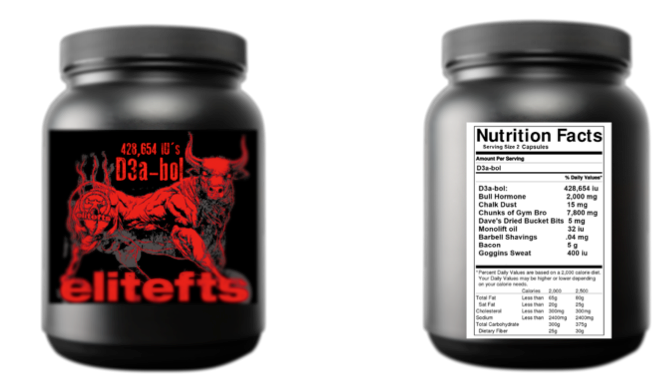
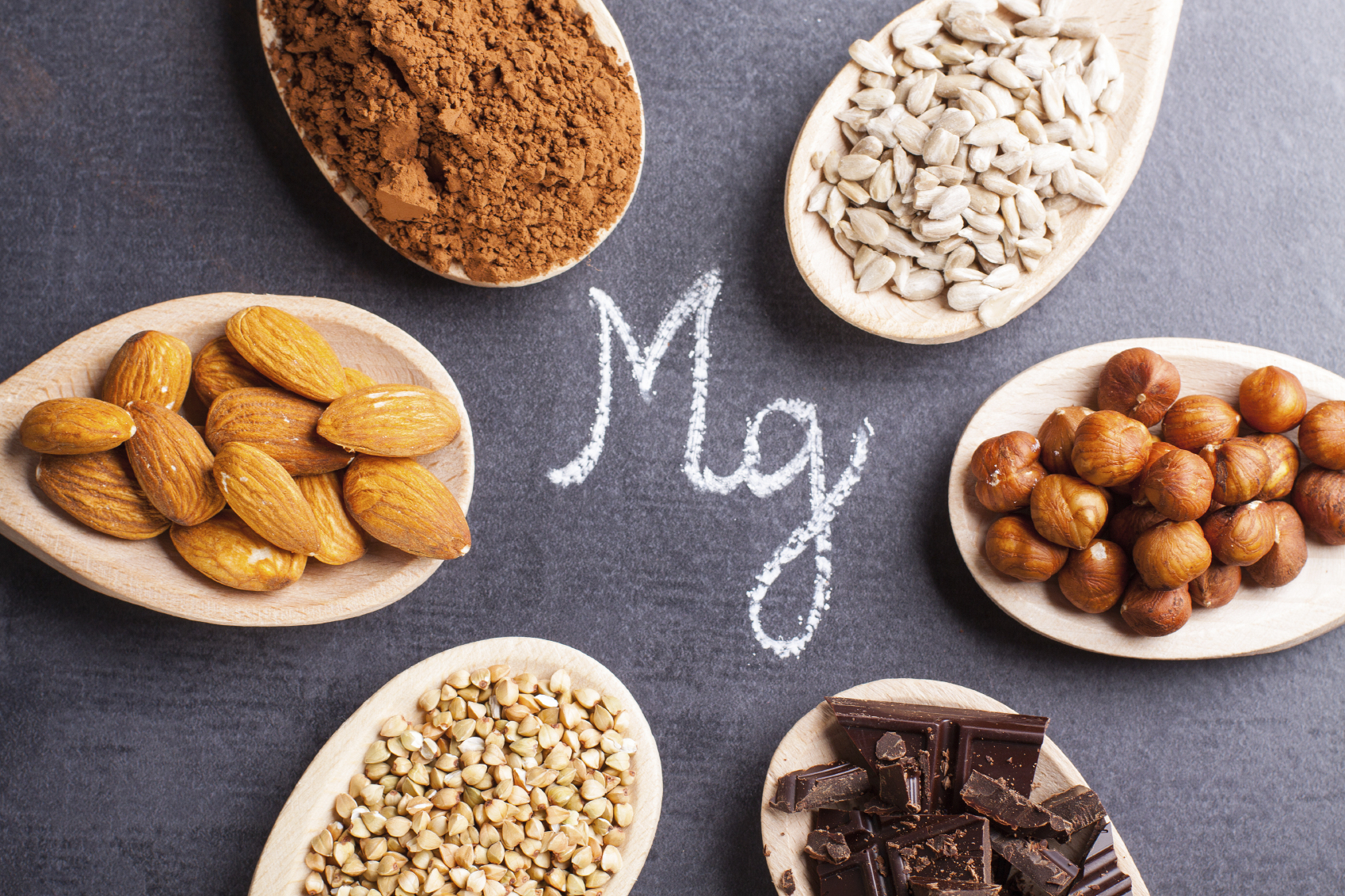
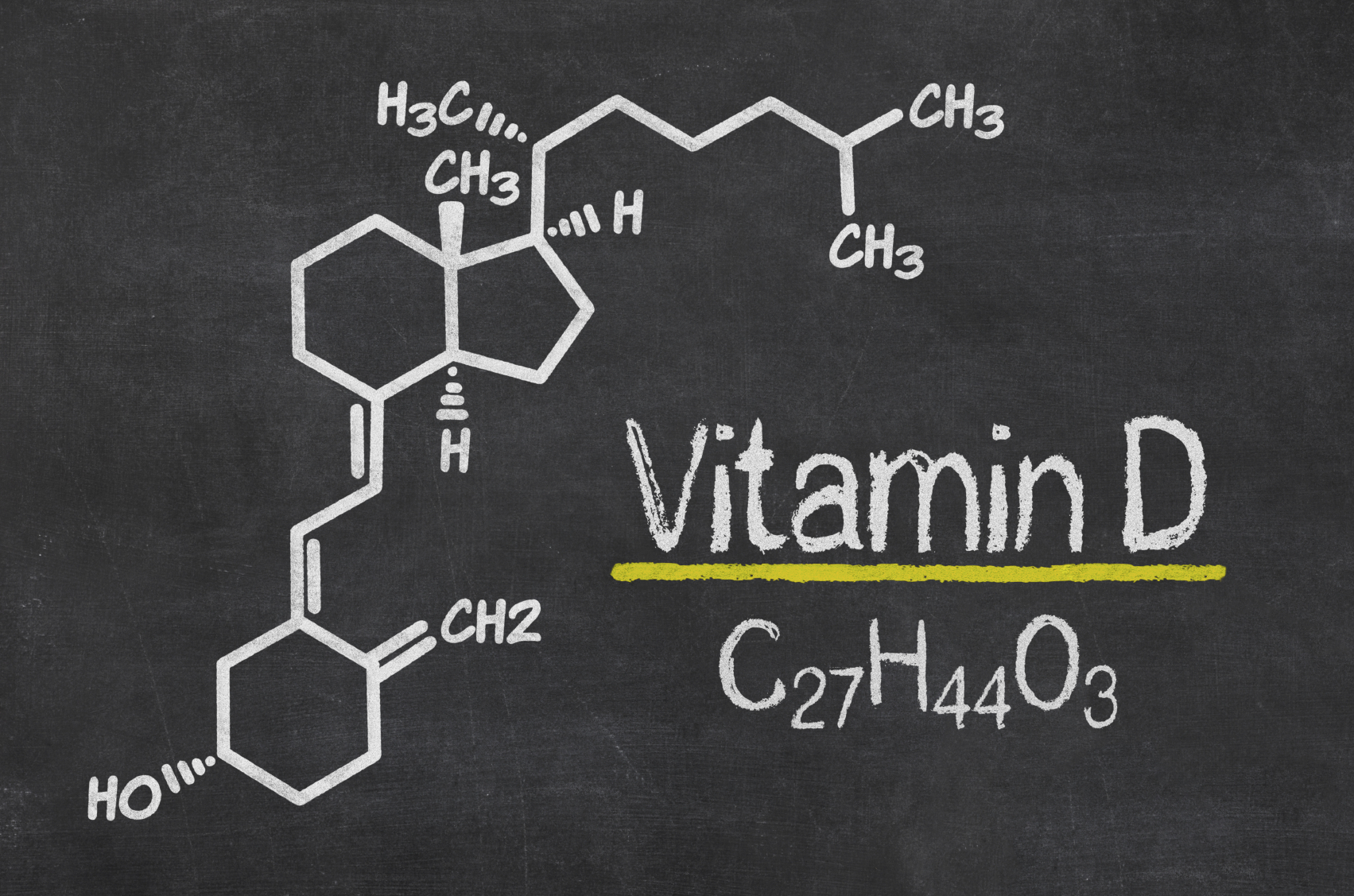
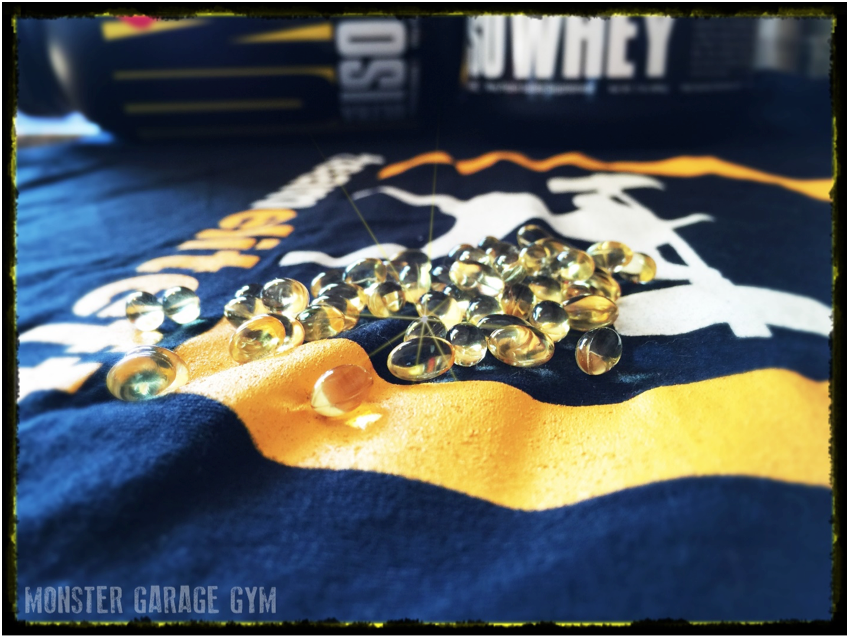
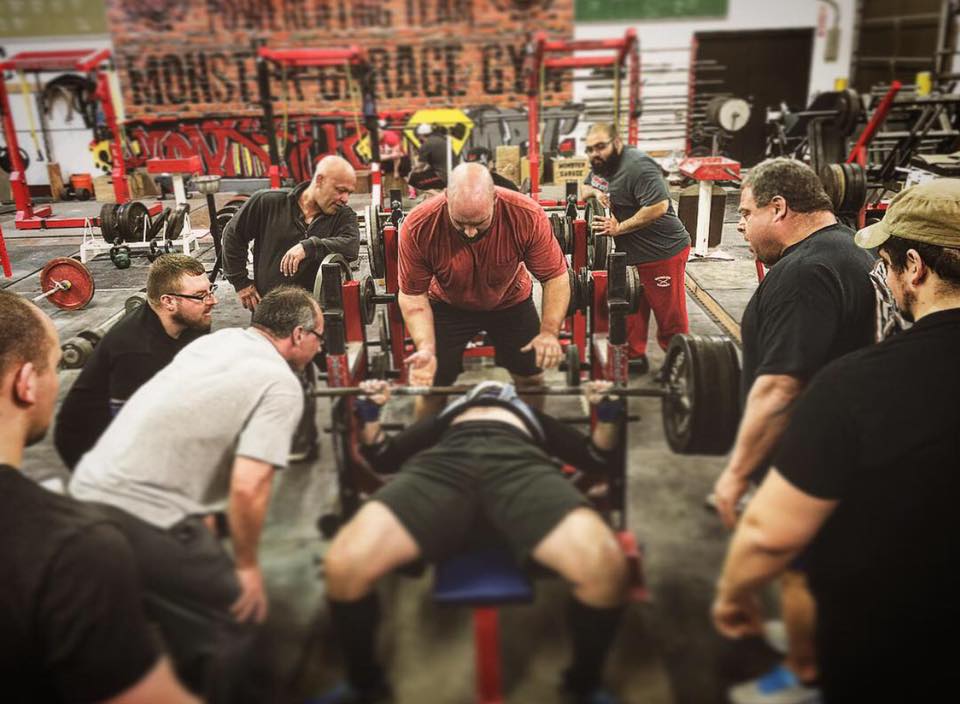
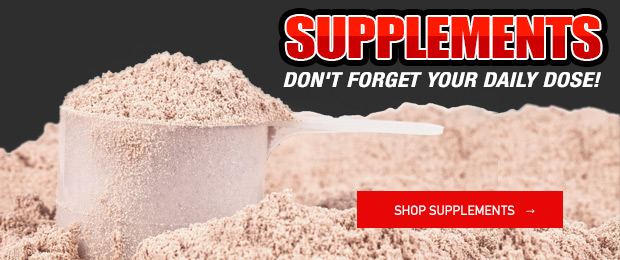
Rgds